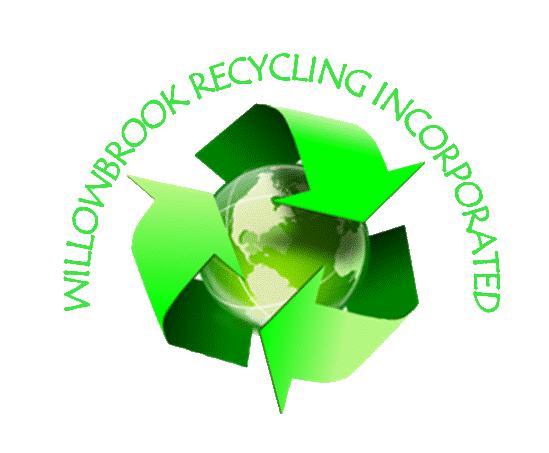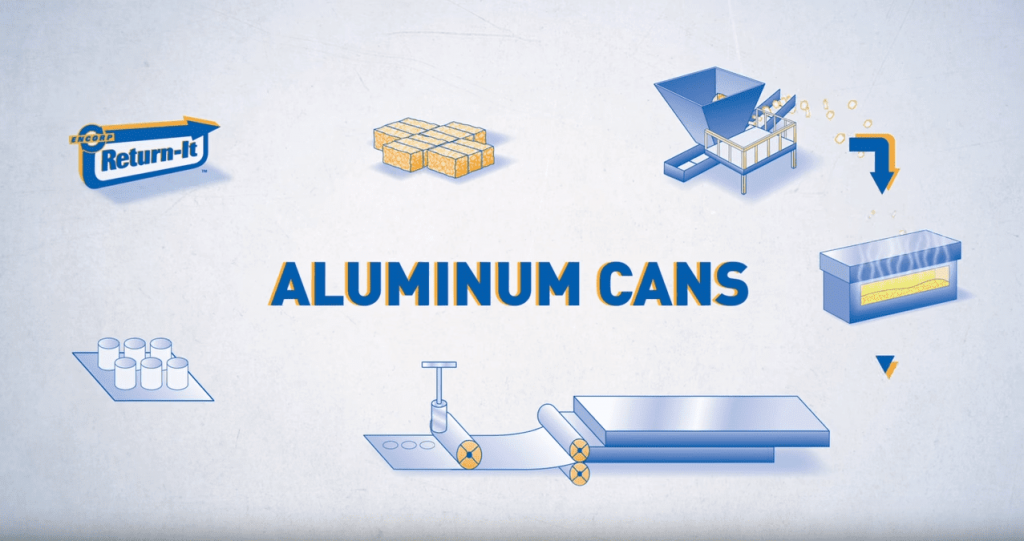ALUMINUM CAN RECYCLING PROCESS
.
.
Aluminum is often overlooked when talking about recycling. However, we must change that mentality.
When we think about recycling, we usually associate it with cardboard, paper or plastics, but aluminum is considered a material that can be less stress on the environment because it can be recycled multiple times.
Of course, it is an abundant resource, but at the rate that it is exhausted no amount can last too long.
Approximately half of all aluminum cans for food and other items are recycled; however, there is still plenty of room for this amount to increase substantially.
The recycling process is less expensive than creating new aluminum materials since it must first be obtained by mining from bauxite, and then refined to obtain aluminum oxide.
This requires a lot of energy and generates a lot of pollution. This results in aluminum that is used for many things in our daily lives, such as beverage containers, which can be recycled by spending just 5% of the energy needed to obtain new aluminum.
We review the aluminum can recycling process step by step
Industrial Aluminum Can Recycling Process
- The main element that is recycled and that is made of aluminum are the cans, so the first step is to separate them from the rest of the waste. To carry out this process, the recycling plants have electromagnetic separators that act as magnets
- Then the cans are broken into small parts, all of the same dimensions, so we get the total volume to decrease significantly. Cans in their original form do occupy much more space due to their cylindrical shapes.
- Once cut, the resulting aluminum material is cleaned chemically or mechanically, in order to obtain a product made exclusively of aluminum, without other materials that could be mixed.
Once clean, the small pieces of aluminum are compiled in large blocks to avoid oxidation and work with them easily to complete the recycling process. - Once we obtain the blocks, they are then melted to work with aluminum in a liquid state. This process is carried out in ovens that are usually prepared at about 700 degrees.
There is a somewhat more technical phase, in which aluminum in the liquid state is degassed, and the slag and dissolved hydrogen are removed. This process is done to decontaminate the aluminum chemically.
- Before finishing the aluminum recycling process, a sample of the result still melted is taken, then, and depending on the characteristics of the aluminum, a mixture of high purity aluminum is added. There are several types; depending on the result we want to achieve we must add aluminum 6061, 7075, 1100 or other.
- Once we obtain the aluminum with the pure aluminum alloy, the blast furnace opens, and the still liquid aluminum is extracted. Then we give the desired shape to the material; whether bars, cans etc. and the desired size.
This is the process of recycling industrial aluminum cans, as you see; this material can also be reused like others.

